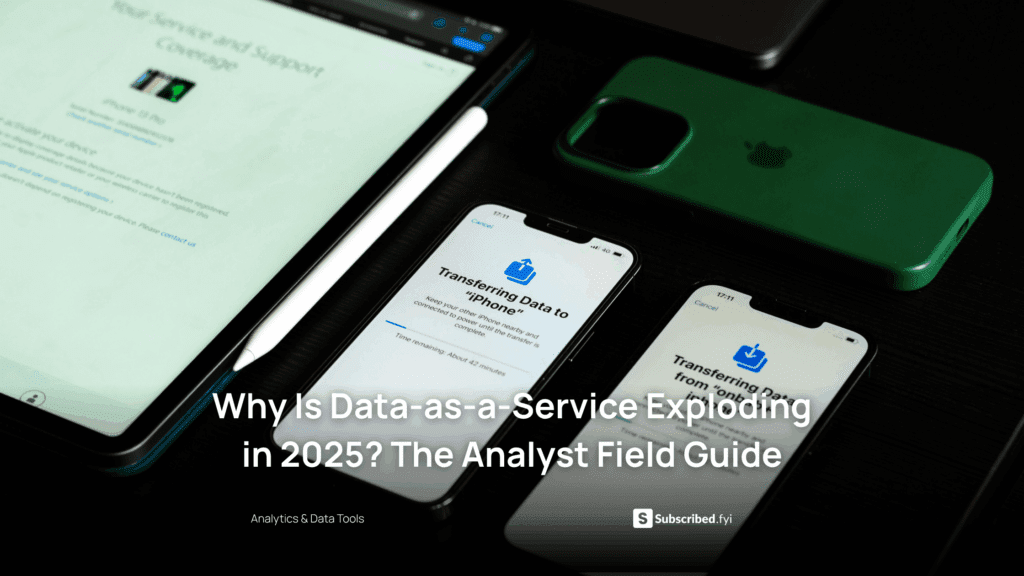Success Factors of SaaS: Understanding Software Service Model
- Expense Management Software Credit Cards Investing Business Solutions
Success Factors of SaaS: Understanding Software Service Model
Software as a Service (SaaS) has emerged as a dominant model for delivering software applications over the internet, revolutionizing how businesses access and utilize technology. In this article, we delve into the key success factors of SaaS, exploring why this software delivery model has become so prevalent and how businesses can leverage it effectively.
The Rise of SaaS: Why It’s Successful
1. Cost Efficiency:
SaaS eliminates the need for costly infrastructure investments and ongoing maintenance associated with traditional software deployment. Businesses can access software applications on a subscription basis, paying only for the features and resources they use, thereby reducing upfront capital expenditure and total cost of ownership.
2. Scalability and Flexibility:
SaaS applications are inherently scalable, allowing businesses to easily adjust their usage and resource allocation as their needs evolve. Whether it’s adding new users, expanding into new markets, or integrating with other systems, SaaS platforms offer the flexibility to adapt to changing business requirements without significant disruptions.
3. Accessibility and Convenience:
With SaaS, software applications are accessible anytime, anywhere, via an internet connection and web browser. This accessibility empowers users to work remotely, collaborate in real-time, and access critical business tools from any device, enhancing productivity and efficiency across the organization.
4. Continuous Updates and Innovation:
SaaS providers are responsible for maintaining and updating their software platforms, ensuring that users always have access to the latest features, security patches, and performance improvements. This continuous innovation cycle enables businesses to stay competitive in a rapidly evolving digital landscape without the burden of managing software updates internally.
5. Enhanced Collaboration and Integration:
SaaS applications often offer built-in collaboration features and seamless integrations with other cloud-based services, enabling teams to work together more effectively and streamline workflows. By centralizing data and communication within a unified platform, SaaS facilitates cross-functional collaboration and data-driven decision-making.
Relevant SaaS Products for Business Success:
1. Salesforce:
Salesforce is a leading customer relationship management (CRM) platform that helps businesses manage sales, marketing, customer service, and more in a single cloud-based solution.
2. Slack:
Slack is a collaboration hub that brings teams together, offering instant messaging, file sharing, and integrations with other productivity tools to enhance communication and teamwork.
3. HubSpot:
HubSpot provides a suite of marketing, sales, and customer service software to help businesses attract, engage, and delight customers at every stage of the buyer’s journey.
4. Zoom:
Zoom is a video conferencing platform that enables remote meetings, webinars, and virtual events, fostering collaboration and communication among distributed teams.
5. Google Workspace:
Google Workspace offers a suite of productivity tools, including Gmail, Google Drive, Docs, Sheets, and Meet, to empower teams to collaborate in real-time and work more efficiently.
Leveraging Subscribed.FYI for SaaS Management:
Subscribed.FYI provides a comprehensive platform for managing SaaS subscriptions, empowering businesses to optimize their software stack, track expenses, and discover new tools that align with their needs and budget. By accessing exclusive deals and insights on Subscribed.FYI, users can make informed decisions about their SaaS investments and maximize the value of their software subscriptions.
In conclusion, the success of SaaS can be attributed to its cost efficiency, scalability, accessibility, continuous innovation, and collaborative capabilities. By leveraging relevant SaaS products and platforms like Salesforce, Slack, HubSpot, Zoom, and Google Workspace, businesses can harness the power of cloud-based software to drive growth, innovation, and competitive advantage in today’s digital economy.
Relevant Product Links:











